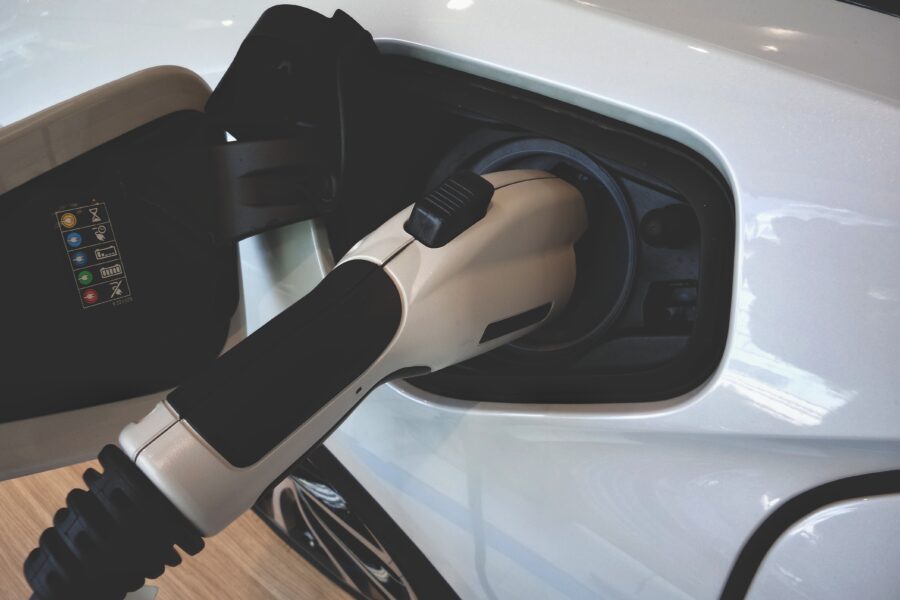AUTO ELETTRICHE

Alternative and green materials: what the electric cars of the future will look like
The electric transition in Europe has to contend with bureaucracy and environmentalists. Two recent examples come from Sardinia and Portugal.
In Sardinia multinational miner Glencore may cancel plans for a lithium battery recycling plant. Reason: the region denied fast-track authorization for the environmental impact assessment process.
Protests have been mounting in Portugal for months against British company Savannah Resources’ plan to open four new mines in the lithium-rich Barroso region.
The economic sustainability of the electric transition in Europe.
According to a study by PwC Strategy& at least one-third of the turnover of the Italian automotive supply chain is at risk because 40 percent of suppliers now work primarily for the endothermic. In addition, automakers may not be able economically to sustain European production of mass-market electric models in the absence of broad economic incentives to purchase.
Raw materials.
The electric transition that Europe is aiming for implies the need for massive industrial investment not only in battery giga-factories. There is a need to develop an integrated European electric automotive supply chain and to reduce at least some of the dependence on imports from outside the EU. So we need investment in mines and refining plants for the metals needed for the electric transition and battery recycling plants. The Critical Raw Materials Act and the new EU Battery Regulation set very ambitious targets on industrial nonferrous metals
As different analyses by Goldman Sachs, Cru Group, and T&E point out, a contribution to curbing the growth in demand for some of the many metals used for the electric transition, such as precisely lithium but also copper, may come from technological innovation in batteries (e.g., NMCs already available instead of LFPs, or prospectively sodium-ion batteries) and the choice to build smaller cars.